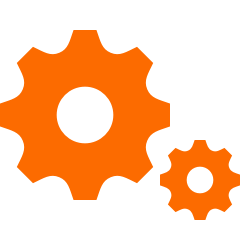-
Dismiss Notice
 Trouble with the game?
Trouble with the game?
Try the troubleshooter! -
Dismiss Notice
 Issues with the game?
Issues with the game?
Check the Known Issues list before reporting! -
 Before reporting issues or bugs, please check the up-to-date Bug Reporting Thread for the current version.
Before reporting issues or bugs, please check the up-to-date Bug Reporting Thread for the current version.
0.35 Bug Reporting thread
Solutions and more information may already be available.
Torque3D and Ogre3D terrain system comparison
Discussion in 'Troubleshooting: Bugs, Questions and Support' started by JohnV, Jun 15, 2014.
